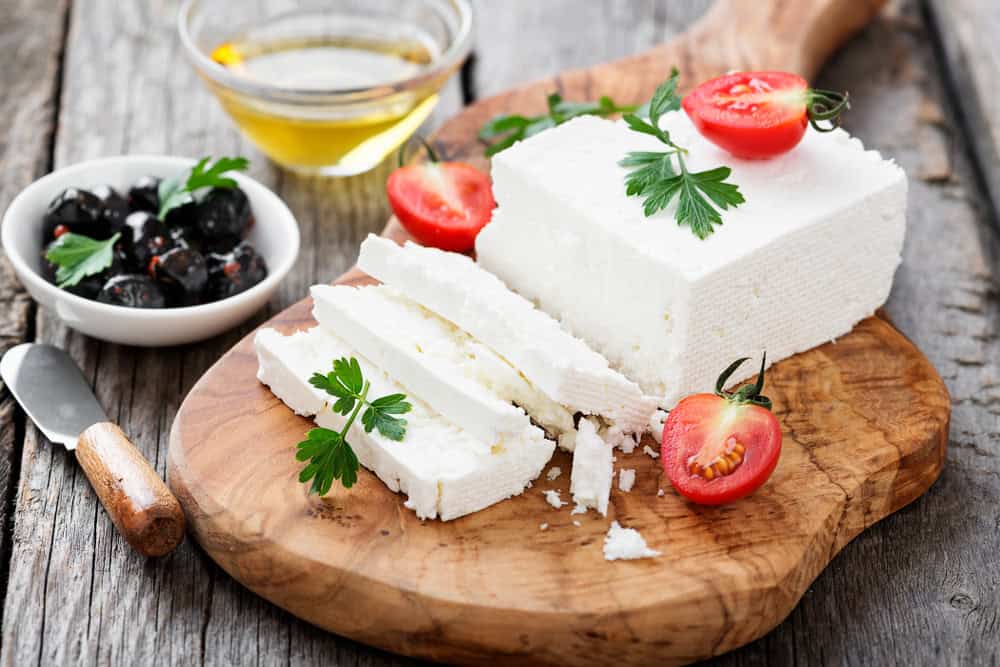When it comes to exploring the culinary treasures of the sea, there’s a whole world of rare and exquisite seafood delicacies waiting to be discovered. These unique and often hard-to-find items offer distinct flavors and textures that elevate any dining experience. From the buttery richness of abalone to the delicate sweetness of spot prawns, each of these seafood delights brings something special to the table. Whether you’re a seasoned seafood lover or a curious newcomer, these rare finds promise to tantalize your taste buds and broaden your culinary horizons. Dive in and discover the extraordinary tastes that the ocean has to offer.
Geoduck
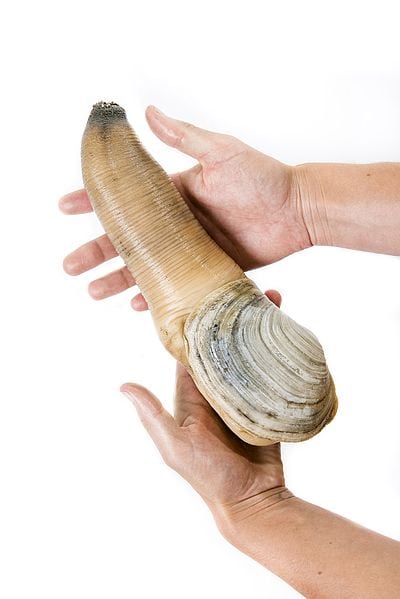
Known for its distinct appearance, the geoduck clam is a prized delicacy in the Pacific Northwest and parts of Asia. This giant clam, with its long siphon, is often enjoyed raw, showcasing its sweet, briny flavor. Its texture is both crunchy and tender, making it a unique experience for the palate. Geoduck is frequently served in sashimi-style or hot pots. Due to its rarity and unique harvesting process, it’s considered a luxurious treat.
Abalone
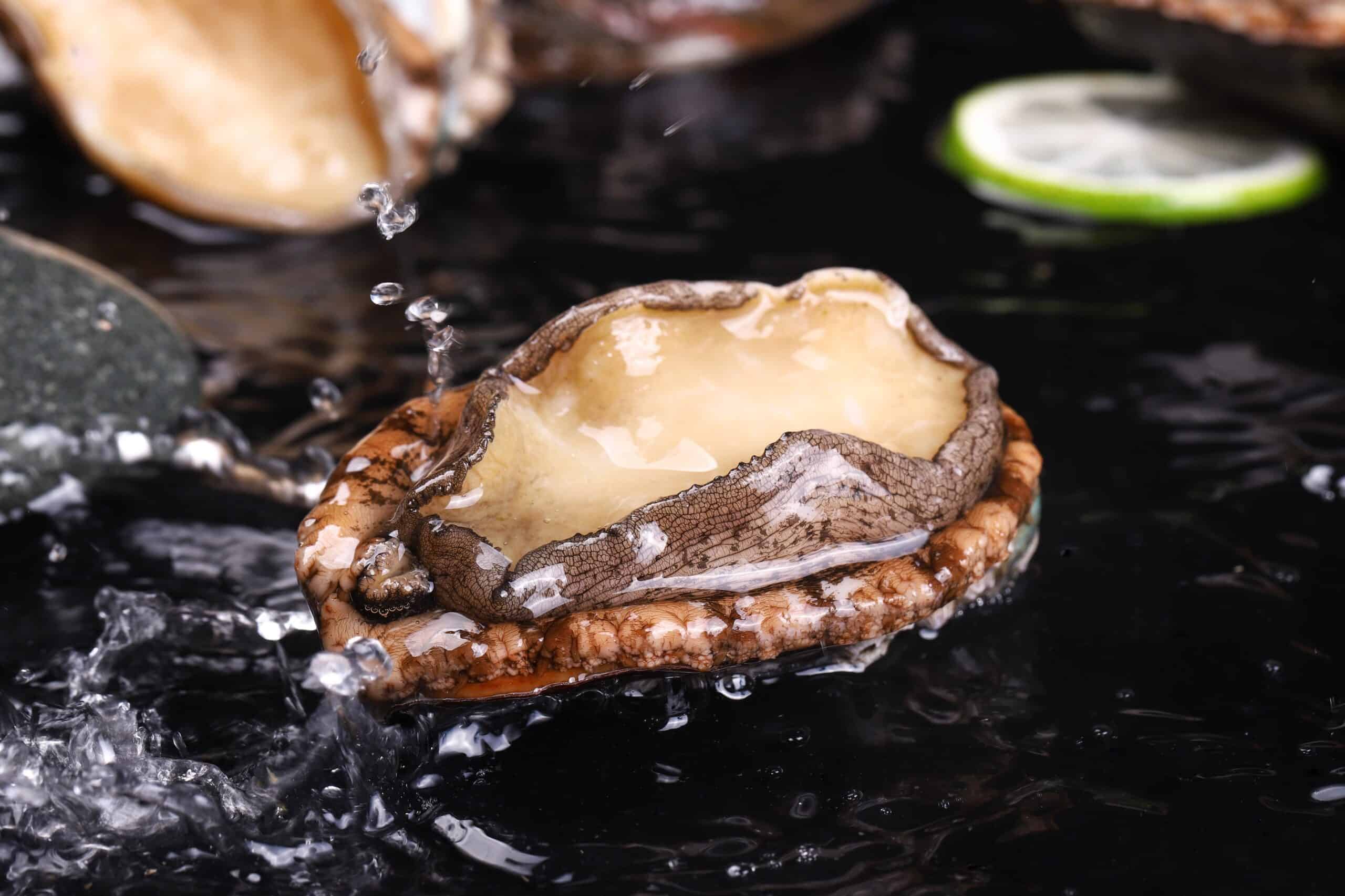
Abalone is a marine mollusk celebrated for its delicate, slightly chewy texture and rich, buttery flavor. Found primarily along the coasts of Japan, New Zealand, and South Africa, it’s often served in high-end restaurants. It can be enjoyed raw as sashimi, or cooked in various gourmet dishes. Abalone is highly valued not just for its taste but also for its beautiful, iridescent shell. The harvesting of abalone is strictly regulated to prevent overfishing, adding to its exclusivity.
Sea Urchin (Uni)
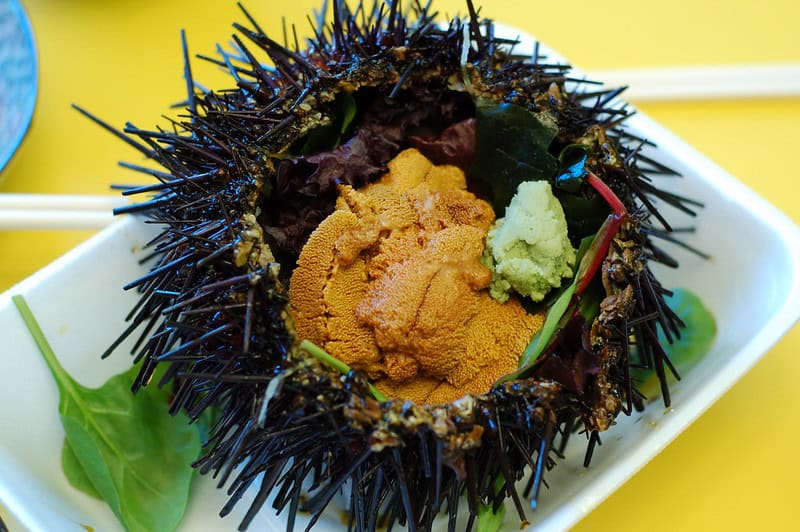
Sea urchin, or uni, is a cherished delicacy in sushi bars around the world. Its vibrant, orange roe offers a creamy texture with a distinct, oceanic sweetness. The flavor can vary significantly depending on the region it’s harvested from, with Japanese and Mediterranean varieties being particularly sought after. Uni is often enjoyed raw on sushi or as a topping for various dishes. Its delicacy and difficulty in harvesting make it a premium seafood choice.
Fugu (Pufferfish)
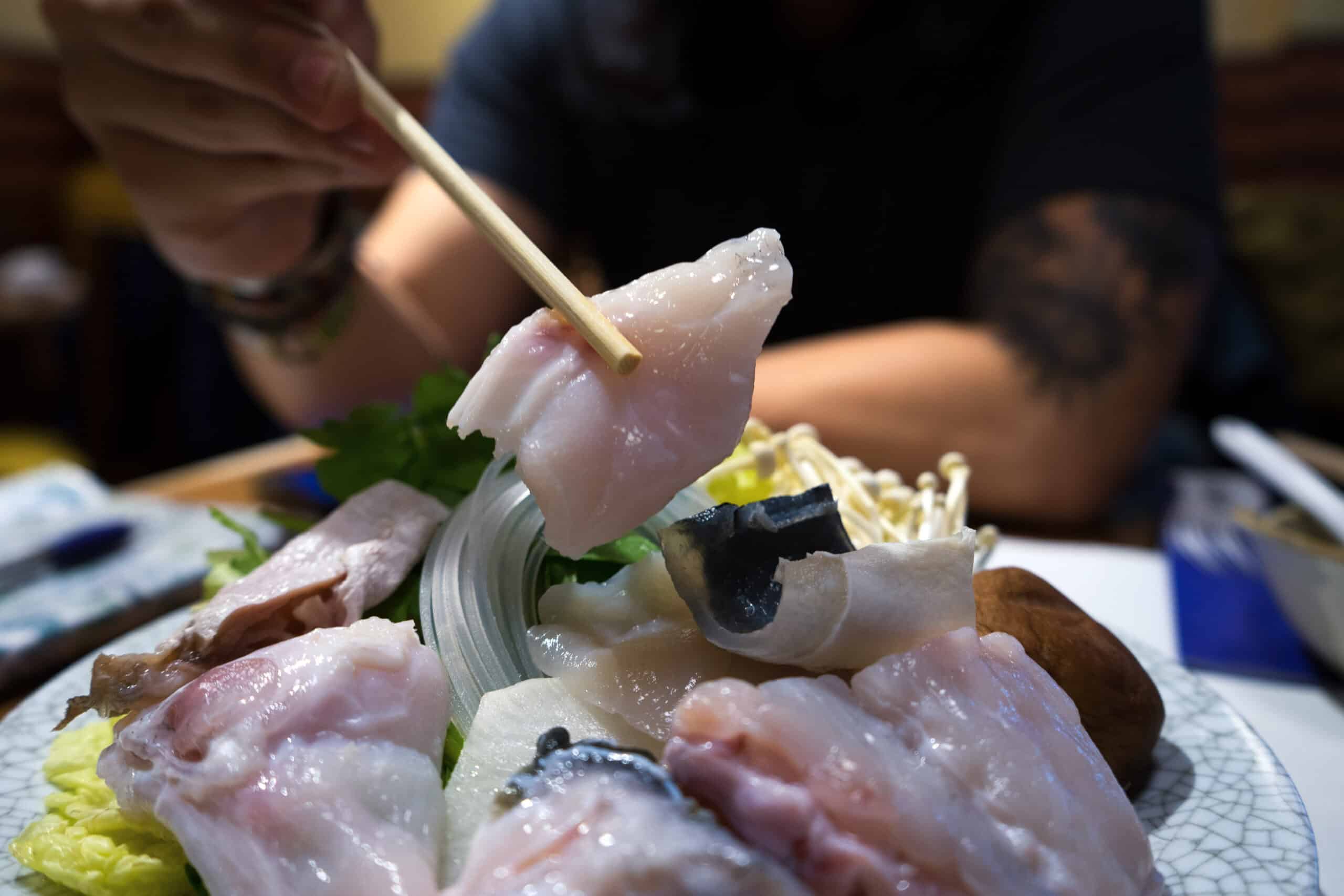
Fugu, the infamous pufferfish, is both a culinary delight and a dangerous gamble. Highly trained chefs prepare this delicacy to avoid the deadly tetrodotoxin found in its organs. When properly prepared, fugu sashimi offers a subtle flavor and a slightly chewy texture. It’s considered a status symbol in Japan, where diners seek the thrill of this potentially lethal treat. Regulations around its preparation ensure safety, making it a rare and exciting dish to try.
Sturgeon Caviar
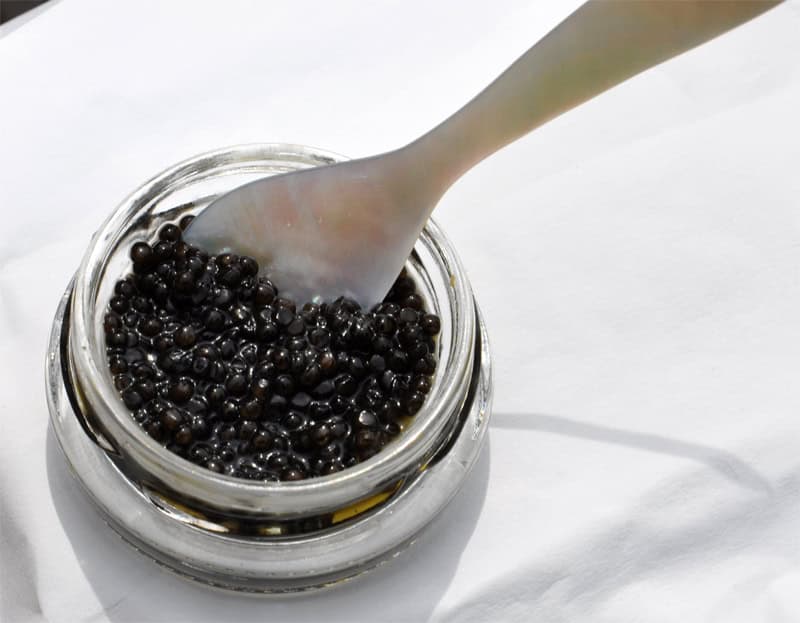
Sturgeon caviar, often simply referred to as caviar, is one of the most luxurious seafood delicacies in the world. Harvested from sturgeon species like Beluga, Osetra, and Sevruga, caviar is prized for its delicate, salty taste and unique texture. The tiny, glistening eggs are typically enjoyed on their own or with blinis and crème fraîche. True caviar is rare and expensive due to overfishing and stringent regulations. Its opulence makes it a favorite among gourmands and connoisseurs.
Gooseneck Barnacles
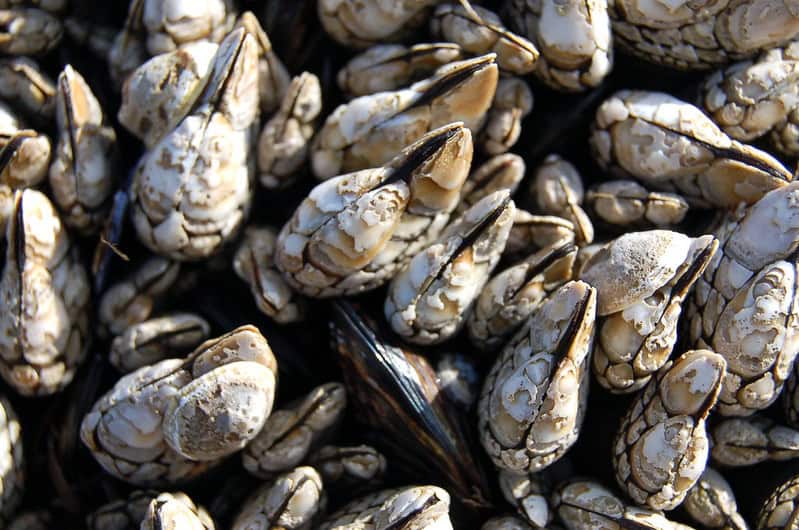
Gooseneck barnacles are a rare treat found clinging to the rocky shores of Spain and Portugal. Harvested by brave “percebeiros” who risk their lives to collect them, these barnacles have a sweet, delicate flavor reminiscent of the sea. Their texture is somewhat similar to that of a tender octopus. Often served simply boiled with a touch of sea salt, gooseneck barnacles are a prized delicacy in Galician cuisine. Their rarity and the danger involved in their collection contribute to their high price.
King Crab
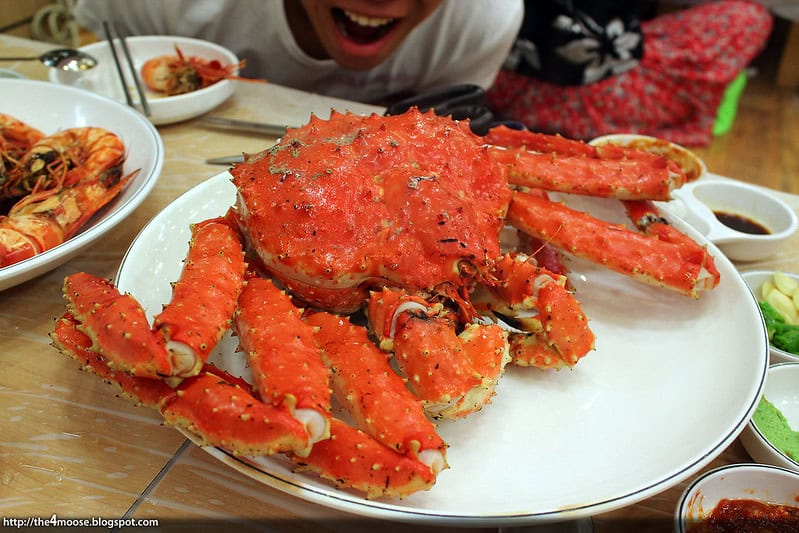
King crab, particularly the Alaskan variety, is renowned for its sweet, tender meat and substantial size. These crabs are harvested from the frigid waters of the Bering Sea, making them both a culinary and logistical challenge. King crab legs are often served steamed or boiled, with drawn butter enhancing their rich flavor. Due to their limited season and difficult harvesting conditions, king crabs command a high price on the market. Their impressive size and delicious taste make them a sought-after seafood delicacy.
Bluefin Tuna
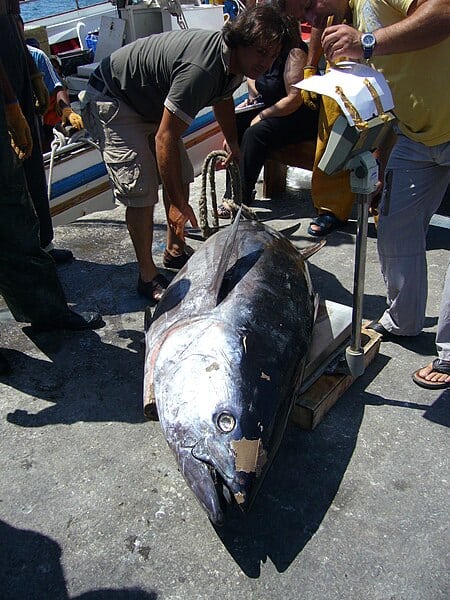
Bluefin tuna, especially the belly cut known as “otoro,” is a coveted delicacy in sushi culture. This fish is prized for its high fat content, which gives it a melt-in-your-mouth texture and a rich, buttery flavor. Bluefin tuna is often served as sashimi or nigiri in top-tier sushi restaurants. Overfishing has made this species increasingly rare, prompting stringent regulations and high market prices. Despite its rarity, bluefin tuna remains a must-try for seafood aficionados.
Spot Prawns
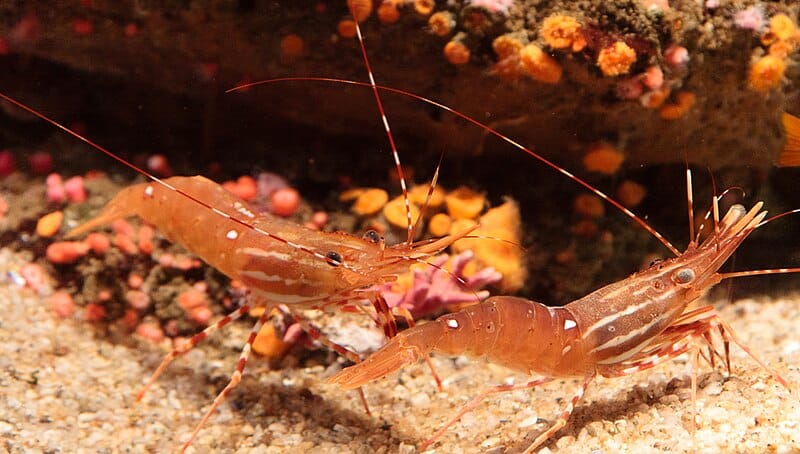
Spot prawns, also known as amaebi, are a delicacy found in the cold waters off the Pacific Northwest. These prawns are prized for their sweet, delicate flavor and firm texture. They are often enjoyed raw as sushi or lightly cooked to preserve their natural sweetness. The short harvesting season and limited supply add to their exclusivity. Spot prawns are considered one of the finest types of shrimp available.
Chilean Sea Bass

Chilean sea bass, also known as Patagonian toothfish, is a deep-sea fish celebrated for its rich, buttery flavor and tender, flaky texture. Found in the cold waters of the Southern Ocean, this fish is often featured in high-end restaurants. Its high oil content makes it particularly well-suited for grilling and roasting. The sustainability concerns and strict regulations surrounding its harvest contribute to its rarity and high market value. Chilean sea bass is a true delicacy for seafood lovers.
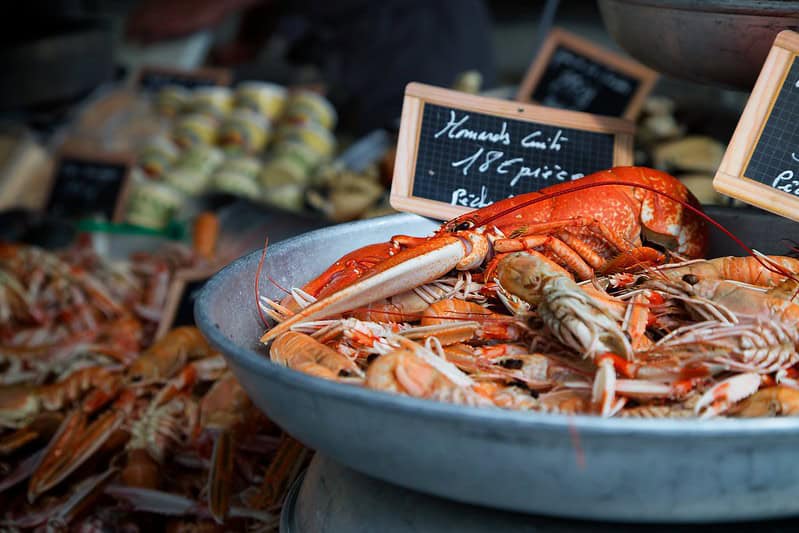
Langoustines, or Norway lobsters, are a rare and highly prized seafood found in the North Atlantic. Smaller than lobsters but larger than shrimp, they offer a sweet, delicate flavor and a firm yet tender texture. Langoustines are often served grilled, boiled, or as part of elegant seafood dishes. The short season and challenging harvesting conditions make them an expensive treat. Their exquisite taste and texture make langoustines a sought-after delicacy.
Conch
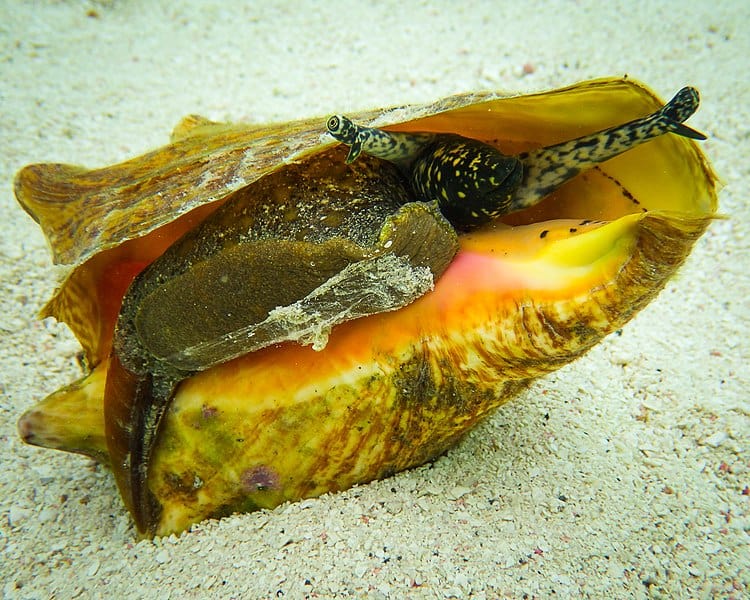
Conch is a large marine snail known for its chewy texture and sweet, slightly nutty flavor. It is a popular ingredient in Caribbean cuisine, often used in salads, fritters, and chowders. The meat is tenderized before cooking to enhance its texture and flavor. Conch harvesting is strictly regulated to prevent overfishing, making it a rare and valued seafood. Its unique taste and cultural significance make conch a must-try delicacy.
Sea Cucumber

Sea cucumber is a unique and rare delicacy in Asian cuisine, particularly valued for its gelatinous texture and subtle flavor. It is often used in soups, stews, and stir-fries, absorbing the flavors of the other ingredients. Harvested primarily in the Asia-Pacific region, sea cucumber is also prized for its purported health benefits. The difficulty in harvesting and preparing sea cucumber adds to its exclusivity. Its unusual texture and cultural importance make it a distinctive seafood delicacy.
Stone Crab Claws
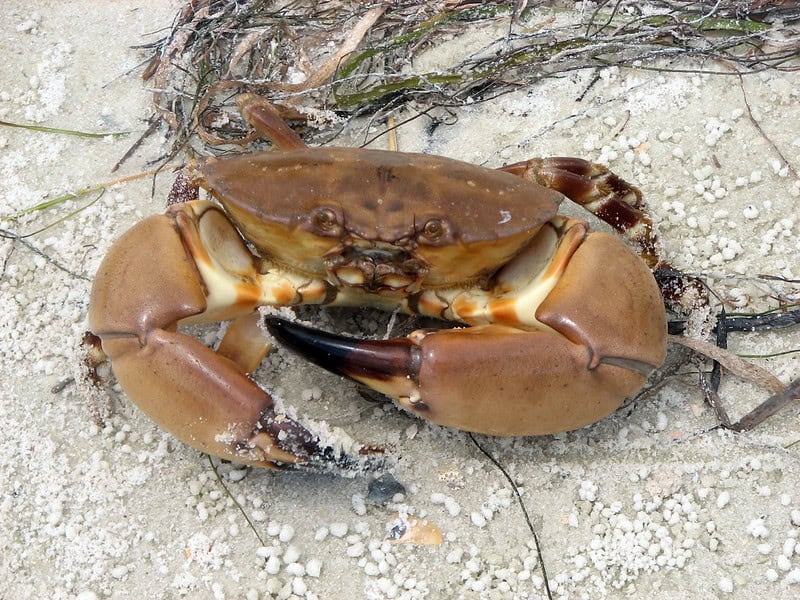
Stone crab claws are a rare and prized delicacy found in the waters off the southeastern United States. These claws are harvested in a sustainable manner, with the crabs being released back into the ocean after one claw is removed. The meat is sweet, succulent, and often enjoyed cold with mustard sauce. The limited harvesting season and sustainable practices contribute to their high market value. Stone crab claws are a luxurious and environmentally conscious choice for seafood lovers.
Belon Oysters
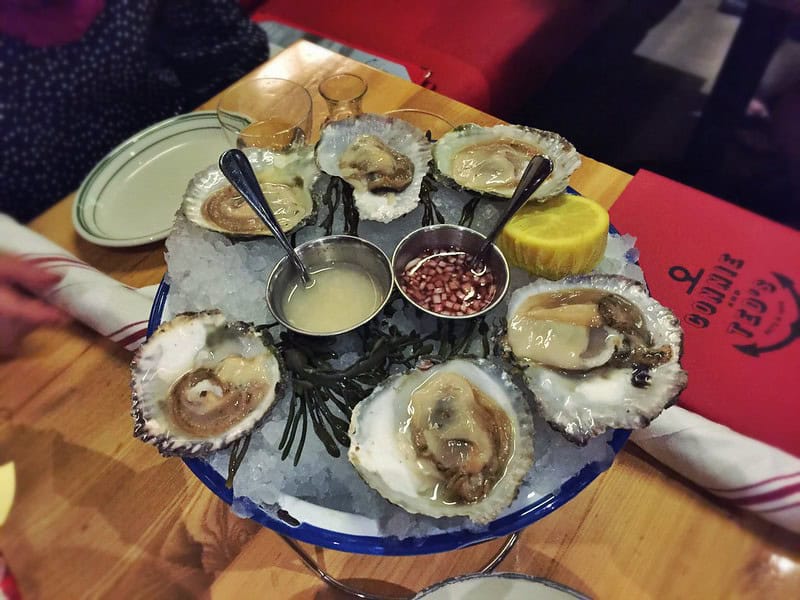
Belon oysters, also known as European flat oysters, are a rare and highly sought-after variety from the coast of Brittany, France. They have a distinct, briny flavor with a metallic finish, setting them apart from other oyster varieties. Belon oysters are often enjoyed raw on the half shell, paired with a simple mignonette sauce. Their unique taste and limited availability make them a gourmet delicacy. The meticulous cultivation process and terroir-specific qualities add to their exclusivity.
Soft-shell crabs
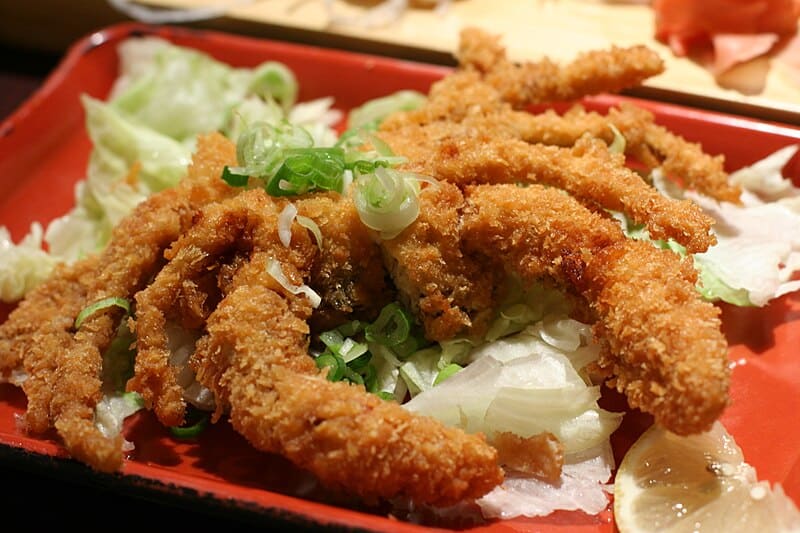
Soft-shell crabs are a seasonal delicacy, enjoyed during the brief period when crabs molt their hard shells. These crabs are typically deep-fried or sautéed, offering a crunchy exterior and tender, flavorful meat inside. Soft-shell crabs are a popular dish in coastal regions of the United States, particularly in the Chesapeake Bay area. The short harvesting season and delicate handling required make them a rare treat. Their unique texture and taste make soft-shell crabs a beloved seafood delicacy.
Opah (Moonfish)
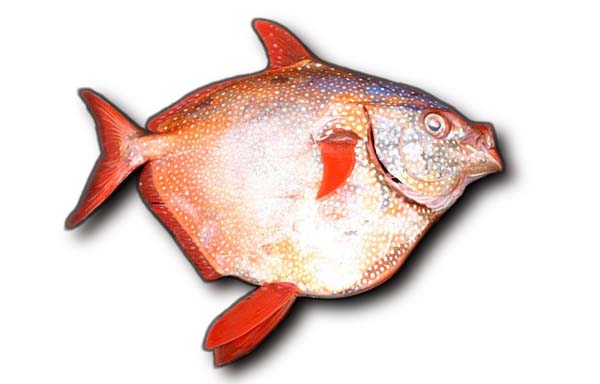
Opah, or moonfish, is a rare deep-sea fish known for its vibrant, multicolored flesh and rich, buttery flavor. Found in tropical and temperate waters, opah is often enjoyed grilled, seared, or raw in sashimi. Each part of the opah offers a different texture and flavor profile, making it a versatile and intriguing seafood choice. The limited availability and striking appearance of opah contribute to its rarity. Its unique culinary qualities make opah a standout delicacy.
Mantis Shrimp
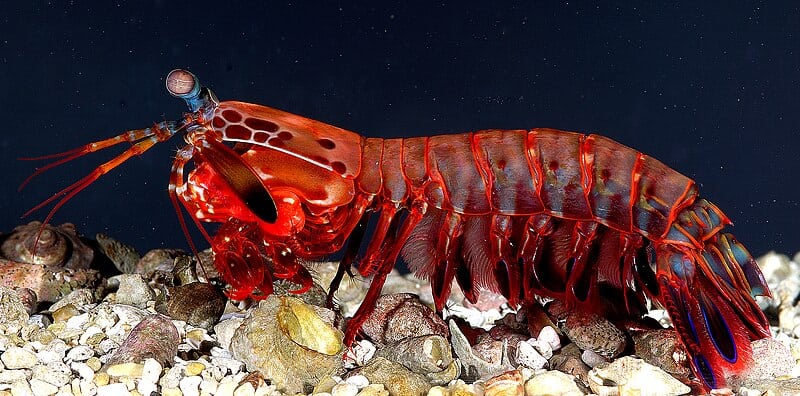
Mantis shrimp, known for their vibrant colors and powerful claws, are a rare and exotic seafood delicacy. Found in tropical and subtropical waters, these shrimp are prized for their sweet, firm meat. They can be enjoyed grilled, steamed, or in sushi, where their unique texture shines. The difficulty in catching and preparing mantis shrimp adds to their exclusivity. Their striking appearance and delectable flavor make mantis shrimp a unique culinary experience.
This article originally appeared on Rarest.org.
More From Rarest.Org
Exploring the world’s rarest tree species reveals the delicate balance of our planet’s ecosystems. These trees, found in unique habitats, tell a story of resilience and the urgent need for conservation. Read more.
When it comes to coffee, some varieties stand out not just for their exceptional taste but also for their extraordinary prices. These premium coffees are often cultivated in unique conditions, harvested through specialized processes, and cherished for their distinctive flavors. Read more.
Cheese, a beloved dairy product, comes in many varieties. From everyday staples to exotic delicacies, each type offers unique flavors and textures. Read more.



